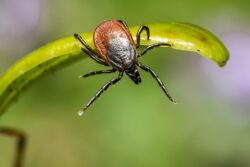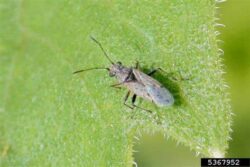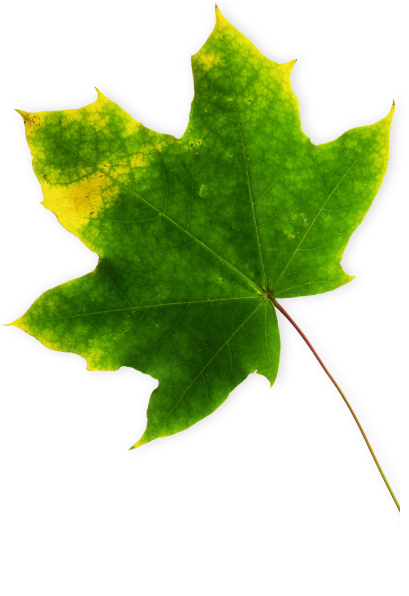As winter descends upon us, a silent invasion is underway in lawns across the region. Overwintering pests are seeking refuge, biding their time until the warmth of spring awakens them. At Natural Tree and Lawn Care, we’re here to shine a light on the secret hideouts of these intruders and empower you to defend your lawn. In this blog, we’ll uncover the places where overwintering pests hide and discuss strategies to reclaim your lawn from their grasp. As far as which pests we’re talking about, here’s a short list: ticks, chinch bugs, ants, some beetles, and clover mites to name a few!
The Stealthy Winter Retreats of Overwintering Pests:
- Hiding Spot: Fallen leaves and accumulated debris provide cozy shelters for pests seeking protection from the cold.
- Defense Strategy: Schedule regular fall clean-up services to remove potential hiding spots and deny pests the cover they crave.
Thatch Layers
- Hiding Spot: Thatch, the layer of dead grass and roots, becomes a refuge for overwintering pests looking for a cozy place to wait out the winter.
- Defense Strategy: Consider aeration and dethatching services to break up and reduce thatch, making it less hospitable for pests.
Garden Beds and Mulched Areas
- Hiding Spot: Mulched areas and garden beds offer warmth and protection, making them attractive hideouts for overwintering pests.
- Defense Strategy: Implement a thorough fall clean-up, and consider applying eco-friendly mulch alternatives that deter pests.
- Hiding Spot: The shelter provided by dense shrubs and evergreen plants becomes a cozy refuge for pests seeking protection from the elements.
- Defense Strategy: Regularly trim and prune shrubs to reduce hiding spots, and consider inspecting these areas for signs of pests.
Cracks and Crevices in Structures
- Hiding Spot: Pests often find their way into structures, hiding in cracks, gaps, and voids to escape the harsh outdoor conditions.
- Defense Strategy: Seal any potential entry points in your home or other structures to prevent pests from infiltrating your living spaces.
Underneath Plant Debris
- Hiding Spot: Dead plant material left in the garden becomes an ideal hiding spot for pests during the winter months.
- Defense Strategy: Incorporate regular garden maintenance into your routine, removing dead plant material and minimizing potential pest shelters.
Partnering with Natural Tree and Lawn Care for a Pest-Resistant Lawn
Defending your lawn against overwintering pests requires a comprehensive strategy. By understanding their preferred hideouts and implementing proactive measures, you can create an environment that discourages these pests from taking residence on your lawn. At Natural Tree and Lawn Care, we’re here to assist you with expert services and tailored solutions, ensuring your lawn remains resilient and pest-resistant throughout the winter months and beyond. Together, we can reclaim your lawn from the stealthy invaders and cultivate a healthy, thriving outdoor space. Give us a call at or click here to get started!


